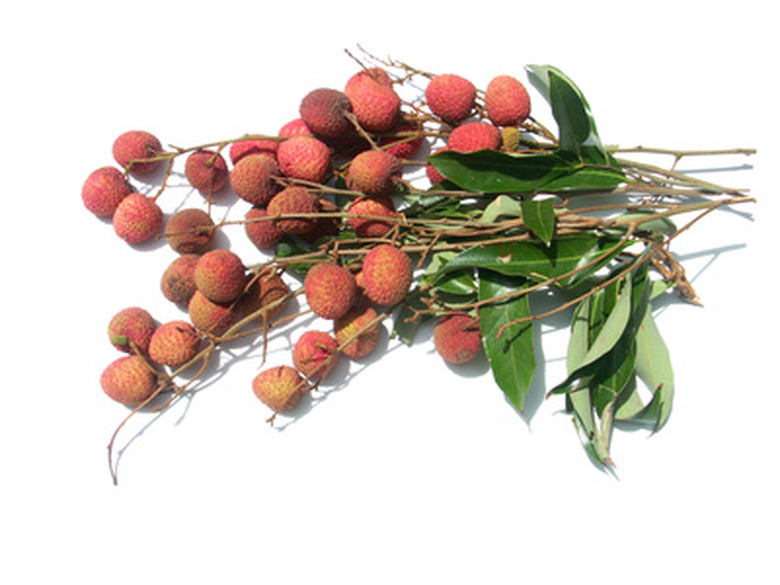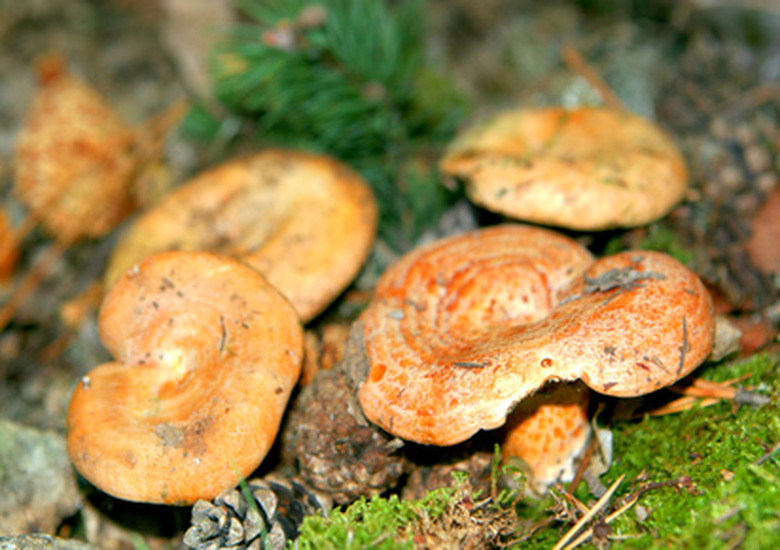Lychee Tree Diseases
The common name for Litchi chinensis is the lychee tree. It is native to China but grows in all tropical areas of the world. According to Julia F. Morton, past president of the Florida State Horticultural Society, "the lychee tree is the most renowned of a group of edible fruits of the soapberry family, Sapindaceae." Morton also states that lychee trees are fungi resistant but are sometimes afflicted by three types of disease.
The common name for Litchi chinensis is the lychee tree. It is native to China but grows in all tropical areas of the world. According to Julia F. Morton, past president of the Florida State Horticultural Society, "the lychee tree is the most renowned of a group of edible fruits of the soapberry family, Sapindaceae." Morton also states that lychee trees are fungi resistant but are sometimes afflicted by three types of disease.
Mushroom Root Rot
Mushroom root rot usually infests lychee trees where oak trees were previously planted. The root rot is caused by a fungus known as Armillaria tabelscens. R. T. McMillan, Jr. of the Tropical Research and Education Center at the University of Florida states, "The fungus is known as the honey mushroom, honey agaric, oak fungus and shoestring fungus." He goes on to say that the fungus kills lychee trees by forming mushrooms around the trunk of the tree and in the roots. A tough fungal growth known as mycelium, grows in between the wood of the lychee tree and the bark. As time goes on, the mycelium turns mushy, forming the deadly mushrooms. The mushrooms grow into the healthy roots, causing them to rot. The lychee leaves eventually turn yellow and the tree dies. Mushroom root rot is the most deadly disease affecting the lychee tree.
- The common name for Litchi chinensis is the lychee tree.
- He goes on to say that the fungus kills lychee trees by forming mushrooms around the trunk of the tree and in the roots.
Algal Leaf Spot
Algal leaf spot is also known as green scurf or red leaf spot. Cephaleuros virescens forms rust colored spots on the lychee leaves. The spots are soft and spongy and germinate in the warm, summer months. During germination, spores are produced and invade the stomata, the pores in the leaf's surface. The spores enter the stomata, forming alga in the tissue of the tree. Algal leaf spot proliferates in rainy conditions, spreading through the raindrops. The infected tree becomes susceptible to fungus because of its weakened condition from leaf spot.
- Algal leaf spot is also known as green scurf or red leaf spot.
- The spores enter the stomata, forming alga in the tissue of the tree.
Leaf Blight
Gleosporium sp. fungus causes leaf blight in lychee trees. The fungus usually manifests itself from early to late summer. The leaf blight appears as tan spots on the leaves. The afflicted leaves look like they are scorched from the sun. Leaf blight eventually causes the leaves to drop from the tree.

